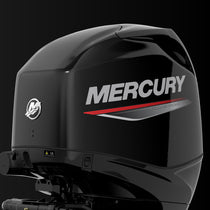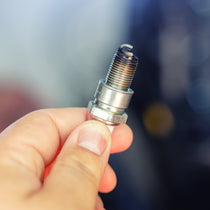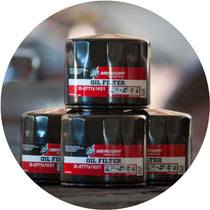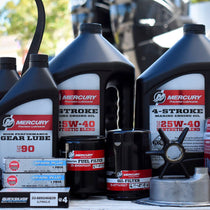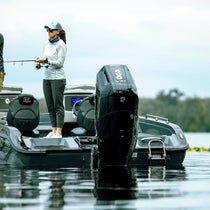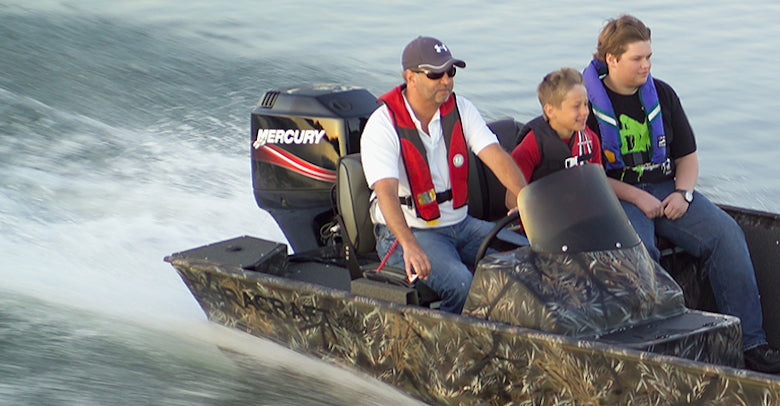

Mercury 2-Stroke Grease Points - 100-Hour Service
Managing Mercury 2-stroke grease points are essential to 100-hour service. Often, we don't grease early enough for prevention. Instead, we wait until a problem evolves before grabbing the grease gun. It is advisable to grease your engines’ grease fittings more frequently than your 100-hour or annual service, but if you haven’t, now is certainly the time. Make sure you have plenty of fresh Mercury grease loaded in your grease gun and start hitting those Zerk fittings.
Shop Recommended Products
Note that fittings can be contaminated by salt – especially the ones near the steering tube – so replace them if they are too corroded to accept grease. Watch as you pump fresh grease into the fitting and see if old, dirty grease or water or both push out from the corresponding space. Ideally, these cavities are filled with clean grease all the time. A light coating of grease on the tip of the trim rams will reduce friction there as well. If your engine is equipped with stainless balls on the tips of the trim rams, work the balls to get the grease inside their cup.

If your prop was not removed for the gear lube change, remove the cotter pin or lock washer from the propeller and loosen the prop nut. Exercise extreme caution as prop blades can be very sharp. With the nut loosened, remove the propeller and associated prop hardware to inspect the propeller shaft.
Look for fishing line that may be behind the prop and near the prop shaft oil seals. Remove any line and if the seals are intact, apply a fresh coating of Mercury 2-4-C grease to the propeller shaft before reinstalling the prop. Tighten and use a new cotter pin to complete the installation if applicable.
Be aware that your boat's propeller functions like your vehicle's tires. Wear on the edges of the propeller can reduce traction, causing speed and fuel efficiency loss. Propeller reconditioning or replacement should be considered if you note wear, rounded edges, thin blades, or cracking. You should also inspect, and replace as needed, the hub inside the propeller. Cracking or wobbling can indicate a worn or damaged hub.

This is also a great time to inspect your external engine anodes. Anodes worn beyond 50 percent should be replaced. Be sure to select the correct sacrificial alloy. The proper sacrificial alloy will depend on whether you boat in salt or freshwater. Spend an extra couple of minutes to check fitment because different propeller selections will not work with all anodes.
On the powerhead itself, corrosion inhibitor can be liberally applied to the metal surfaces, taking some care to avoid the air intake itself. We recommend Boeshield’s T-9 brand, but any high-quality marine corrosion inhibitor will help. If any salt residue exists on the engine, rinse with a light stream of fresh water before applying T-9. This product also works well on battery connections, fuel/water separator bases, and trailer parts.
If you have exposed metal surfaces on your lower unit, trim assembly, steering tiller arm, or trim motor itself, consider purchasing a can of Mercury’s Corrosion Guard to supplement paint on these surfaces.
This is also an excellent time to service the engine’s air filter (if equipped). If your engine uses a paper-element air filter like those used in the automotive world, the procedure is as simple as pulling the filter from the housing and installing a new one. For foam air filter equipped engines, the foam element can be gently cleaned using warm soapy water. After completely drying the water, use an air filter oil or a rag with regular motor oil to pat the foam element until it is moist. This oil residue will help to trap small dirt particles and extend the life of the foam.

